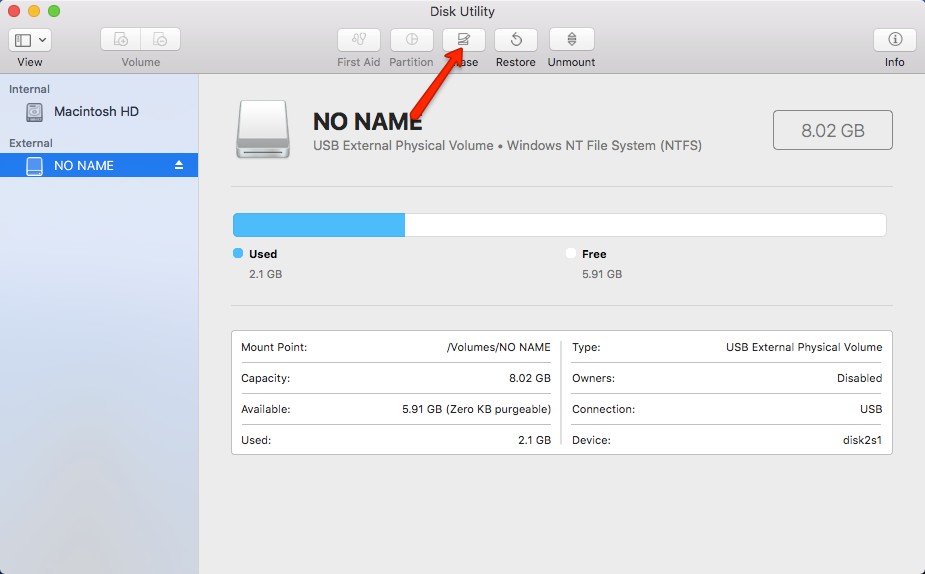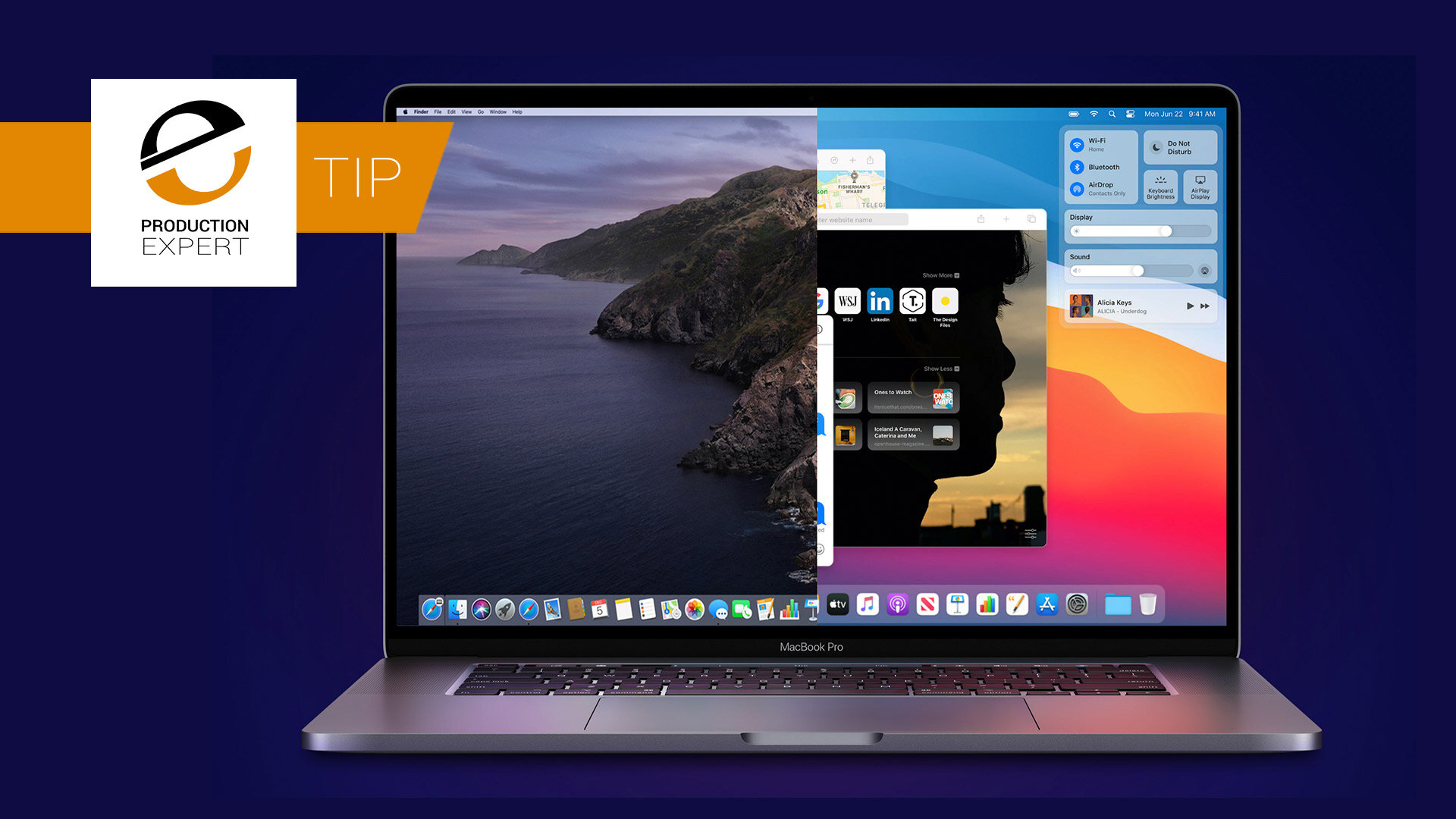
ExFAT drives must be safely ejected to prevent corruption because ExFAT is not a journaled file system.Starting with Big Sur, APFS is now the default for Time Machine.ExFAT is not compatible with Time Machine.It is important to keep the following in mind when formatting to ExFAT: Not seeing your version of macOS? Click here to see other versions of macOS and different formatting options.


Click on the "Erase" tab, select the format you want to use (usually "Mac OS Extended (Journaled)"), and click "Erase" to wipe the hard drive clean. Erase the hard drive: Once you're in Recovery Mode, select "Disk Utility" from the menu and choose the hard drive you want to format.Keep holding down the Command + R keys until the Apple logo appears. Boot into Recovery Mode: Press and hold the Command + R keys on your keyboard while pressing the power button to turn on your MacBook Pro.

Turn off your MacBook Pro: Shut down your MacBook Pro by selecting the Apple icon in the top left corner of the screen and choosing "Shut Down.".Backup your data: Before formatting your MacBook Pro, make sure to backup all your important files, documents, and media to an external hard drive or cloud storage service.To format an Intel MacBook Pro, follow these steps:


 0 kommentar(er)
0 kommentar(er)
